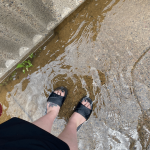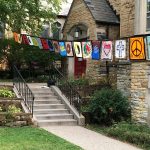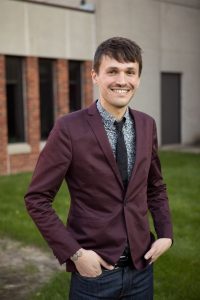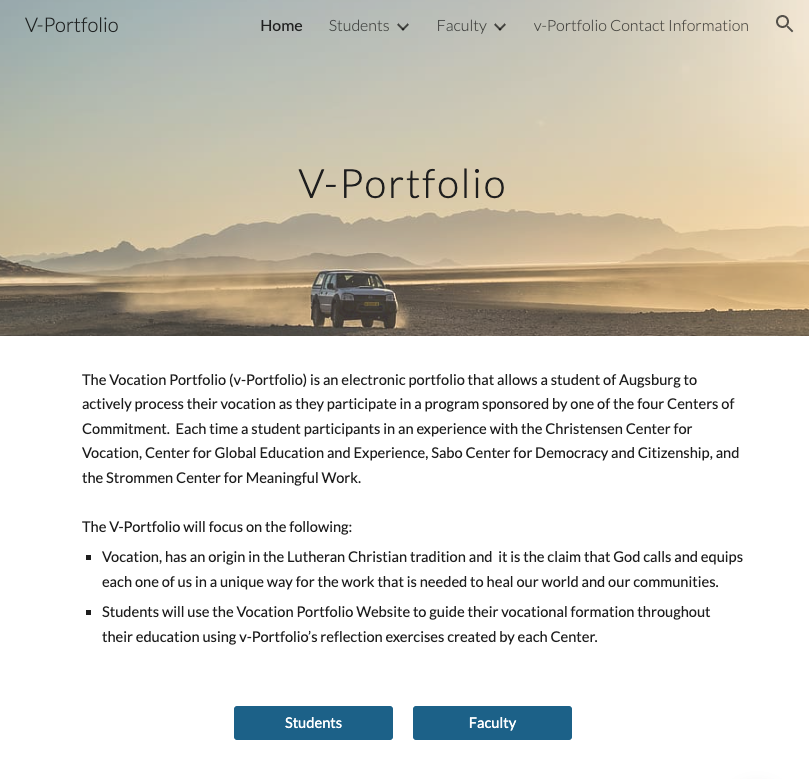Last year, Augsburg University’s Riverside Innovation Hub and The Minneapolis Area Synod (MAS) both launched opportunities for congregations to be a part of a two-year learning community. We both are in the middle of the work with our first cycle of a two-year learning community. Over the last year and half, it has truly been a joy spending time learning with each other and from each other’s work. A highlight has been reading each other’s reflections and writings on how we engage in this work of being neighbor in our places and world.
This week, we want to highlight the most recent reflection Nick Tangen wrote “Let’s Get Real” from his experience at the ELCA Churchwide Assembly in Columbus, Ohio. He extends to us the invitation to join in the messiness, the vulnerability and realness that comes with wrestling with “What will need to die and rise again in order for each of us as the ELCA to embrace the reconciliation Jesus has set us free to participate in?”. We are grateful for this partnership and for Nick and his team to be in the work alongside us.
 “Retamoza’s words have been with me all week. In some ways this challenge captures so clearly my own discomfort with the work of the Assembly; did we want to be good or real? This is, I think, a real tension for us as a church – at all three expressions. It’s a tension ongoing for myself. I know my own desire to appear good, to fall into the trap of perfectionism and performance, and I know how limiting that is when trying to root out injustice and inequity in our life together.
“Retamoza’s words have been with me all week. In some ways this challenge captures so clearly my own discomfort with the work of the Assembly; did we want to be good or real? This is, I think, a real tension for us as a church – at all three expressions. It’s a tension ongoing for myself. I know my own desire to appear good, to fall into the trap of perfectionism and performance, and I know how limiting that is when trying to root out injustice and inequity in our life together.
This invitation into the vulnerability, the messiness, and the real-ness of confession and reconciliation stood in such stark contrast to the Assembly. The carefully curated plenaries with the steady march towards resolution felt oddly incongruous with the challenge to deeply listen to the cries of prophetic grief. While I am grateful for the provisions and memorials that the Assembly approved, it was the lament and experience of prophetic grief in worship and from the leaders of Iglesia Luterana Santa Maria Perigrina that my heart continues to return to. I feel both profoundly determined and deeply anxious about the church that I love.”
Read the entire blog post here on the Minneapolis Area Synod blog!






